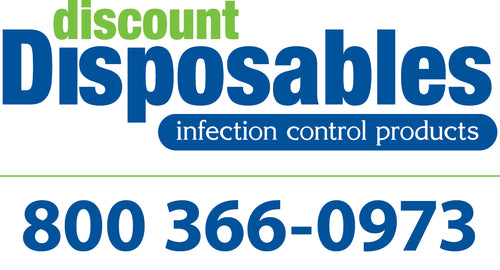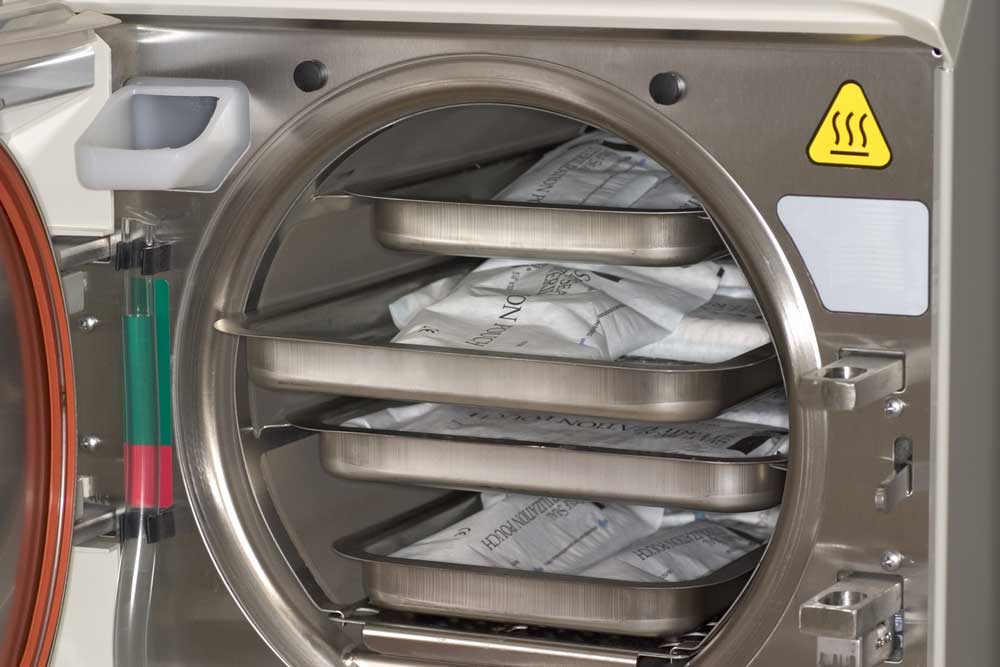-
Steam
Steam sterilization is widely considered the most dependable form of sterilization. When it comes to sterilization, most dentists depend on autoclaves to do the work. These are machines that use either a vacuum or gravity displacement to generate steam. The vapor’s temperatures reach around 250°F to 273°F. Once the steam cycle has been completed, dental instruments are sterile and bacteria-free again. Dentists do need to observe the drying cycle which may last from 25 to 40 minutes.
-
Chemical Vapor
Next up in the arsenal of sterilizers is the use of unsaturated chemical vapor to sterilize dental instruments. With this method, a machine combines chemicals, such as acetone, alcohol, formaldehyde, and ketone with water to create a vapor that eliminates contaminants.
Looking at the science of this technique, the combination of temperature, pressure, and time is enough to rid the equipment of organisms and substances. Do note that precision in pressure and temperature is important, as the former must be at 20 psi and the latter must reach at least 270°F for it to work. Sterilization through this method takes around 20 to 40 minutes.
-
Dry Heat
There is a method that does not involve liquids: dry heat sterilization. Through the production of forced or static air, it becomes possible to generate a high amount of heat over an extended period of time to kill bacteria and contaminants. This process uses a higher temperature (300°F to 375°F) for around 12 to 150 minutes to do its work.
These are the 3 most popular sterilization methods used in dental practices today. Since each method has its advantages and disadvantages, the dental practice needs to examines which methods best fulfills its needs. All these sterilization techniques need the proper equipment as well. These methods use different pouches, wraps, and monitoring tools to guarantee a thorough cleaning. We offer all these sterilization products and many other accessories necessary for dental clinics. Get in touch with us for more information on how to order our products.

